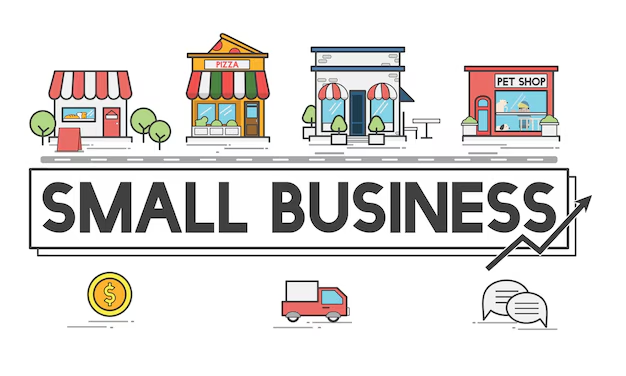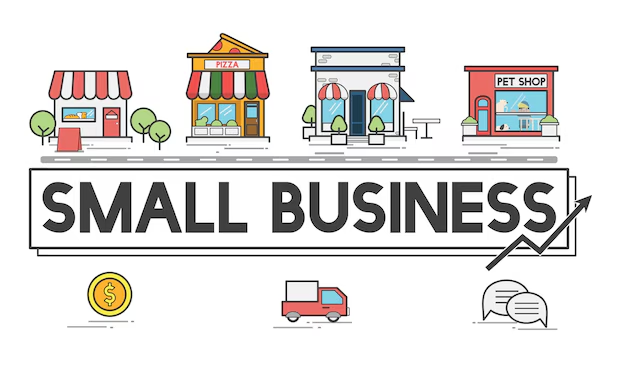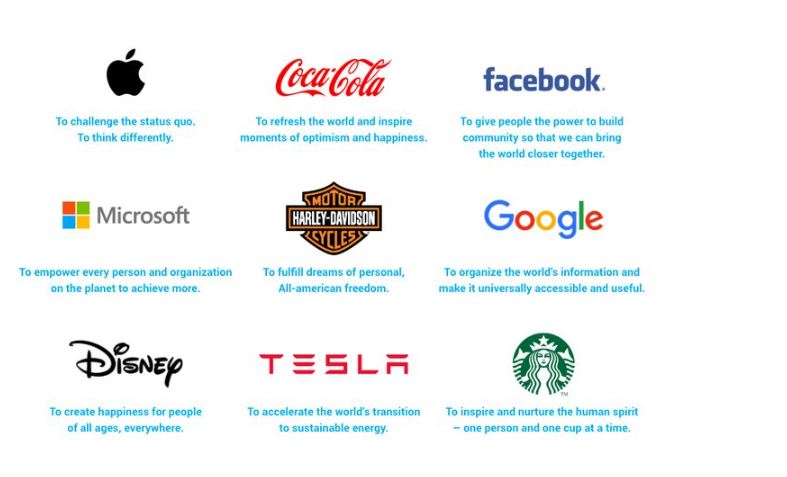Running a small business has never been more exciting—or more competitive. The business landscape in 2025 is full of opportunities, but it also demands agility, creativity, and smart strategies. With rapid technological advancements, evolving customer expectations, and new marketing channels, small businesses need to adopt modern approaches if they want to boost sales and achieve sustainable growth.
In this article, we will explore practical, proven, and forward-looking strategies to help small business owners not only increase their sales but also double their overall growth in 2025.
Understand Your Target Market in Depth
The foundation of increasing sales is knowing your audience better than anyone else. Small businesses often make the mistake of targeting too broad a market, which dilutes their message and reduces effectiveness. In 2025, advanced tools powered by artificial intelligence (AI) and big data have made customer insights more accessible, even to small businesses.
Conduct surveys, analyze purchase histories, and monitor online behavior to create detailed customer personas. This will help you identify what your customers truly want, what pain points they face, and how your products or services can provide the best solutions. The deeper your understanding, the easier it will be to craft personalized marketing campaigns that resonate with buyers.
Embrace Digital Transformation
One of the fastest ways to scale growth today is by embracing digital transformation. Technology is no longer optional; it is the backbone of efficiency, scalability, and customer engagement.
-
E-commerce platforms: If you are still relying solely on a physical store, it is time to expand into online sales. Platforms like Shopify, WooCommerce, and Etsy make it easy for small businesses to reach customers globally.
-
Automation tools: Automating repetitive tasks such as email marketing, social media posting, or invoicing saves time and reduces costs.
-
AI-powered solutions: From chatbots to predictive analytics, AI tools help businesses provide 24/7 support and forecast demand with higher accuracy.
By leveraging digital solutions, small businesses can operate more efficiently, attract more customers, and ultimately increase revenue.
Focus on Customer Experience
In 2025, customers have endless choices. What sets successful small businesses apart is not just the quality of their products but the experience they offer. From the first interaction to post-purchase follow-ups, customer experience determines whether a buyer becomes a loyal advocate or simply moves on to competitors.
Key strategies to improve customer experience include:
-
Seamless purchasing process: Make checkout easy, whether online or offline. Reduce friction by offering multiple payment options, one-click checkouts, and fast shipping.
-
Personalized communication: Use customer data to tailor recommendations, offers, and messages. Personalized experiences make buyers feel valued.
-
After-sales service: Provide excellent support after purchase. A simple follow-up email, a thank-you note, or a discount on the next purchase can strengthen relationships.
Happy customers are more likely to return, refer others, and leave positive reviews—fueling your growth without additional advertising costs.
Leverage Social Media and Influencer Marketing
Social media is no longer just about visibility; it is now a powerful sales engine. Platforms like Instagram, TikTok, Facebook, and LinkedIn offer small businesses direct access to billions of potential customers. The key is to use these platforms strategically.
-
Content marketing: Share valuable, engaging, and visually appealing content that showcases your brand personality.
-
Paid advertising: Social platforms allow highly targeted ads based on demographics, interests, and behaviors, ensuring your marketing budget is spent efficiently.
-
Influencer partnerships: Collaborating with micro-influencers (those with smaller but highly engaged audiences) can drive authentic brand promotion at affordable rates.
Social media is where customers spend most of their time, and using it effectively can directly translate into increased sales.
Invest in Search Engine Optimization (SEO)
In 2025, SEO remains one of the most cost-effective ways to drive consistent and organic traffic. Ranking higher on search engines means more people discover your business when searching for products or services you offer.
Key SEO practices for small businesses include:
-
Local SEO: Optimize for “near me” searches, Google My Business listings, and local keywords. This is critical if you serve a specific geographic area.
-
Content marketing: Publish blogs, guides, and articles that answer customer questions and provide value.
-
Mobile optimization: With most searches happening on smartphones, ensure your website is fast, responsive, and mobile-friendly.
-
Voice search optimization: As voice assistants become more common, optimizing for conversational queries helps capture more traffic.
Strong SEO ensures that your business is visible to the right audience without having to spend heavily on ads.
Build Strategic Partnerships
Partnerships allow small businesses to expand their reach and resources without significant investments. By collaborating with complementary businesses, you can tap into new customer bases and create win-win opportunities.
For example, a local coffee shop could partner with a nearby bookstore to offer discounts for combined purchases. Similarly, service-based businesses can collaborate on bundled offers to provide customers with more value.
These partnerships not only boost sales but also strengthen community ties and brand credibility.
Diversify Your Revenue Streams
Relying on a single product or service is risky in today’s unpredictable market. Diversifying your revenue streams ensures stability and opens new avenues for growth.
Here are some strategies:
-
Introduce new products or services based on customer demand and market trends.
-
Offer subscription models that provide recurring revenue and foster customer loyalty.
-
Explore digital products, such as online courses, templates, or e-books, which have low overhead costs but high profitability.
-
Expand into new markets, whether geographically or demographically.
By diversifying, small businesses can reduce dependency on one source of income and accelerate overall growth.
Use Data-Driven Decision Making
In 2025, data is the new currency of growth. Businesses that rely on guesswork often waste resources, while those that make decisions backed by data maximize efficiency.
Track metrics such as website traffic, conversion rates, customer acquisition costs, and lifetime value. Tools like Google Analytics, HubSpot, and customer relationship management (CRM) systems can help gather and analyze data effectively.
With clear insights, you can identify what works, eliminate what doesn’t, and refine your sales strategies for maximum results.
Prioritize Employee Development
Your team plays a crucial role in driving sales and growth. A motivated, skilled, and customer-focused team can be your biggest competitive advantage.
-
Training and upskilling: Invest in continuous training to help employees adapt to new technologies, sales techniques, and customer service practices.
-
Employee engagement: Recognize and reward employees who contribute to business growth. Happy employees deliver better service, which improves customer satisfaction.
-
Empowerment: Give your team the autonomy to make decisions that enhance customer experience.
By nurturing your workforce, you indirectly strengthen customer loyalty and business performance.
Adapt to Changing Consumer Trends
Consumer behaviors are constantly evolving. In 2025, trends such as sustainability, personalization, and ethical business practices are influencing purchasing decisions more than ever.
-
Sustainability: Use eco-friendly packaging, source responsibly, and highlight your efforts toward sustainability.
-
Personalization: Tailor your products, services, and marketing messages to individual customer needs.
-
Transparency: Be open about pricing, sourcing, and company values to build trust.
Aligning with these trends helps attract conscious consumers and differentiates your brand in competitive markets.
Set Clear Goals and Monitor Progress
Doubling your growth requires not just effort but also direction. Without clear goals, it is difficult to measure progress or stay motivated.
Use the SMART framework (Specific, Measurable, Achievable, Relevant, and Time-bound) to set sales and growth targets. For example, instead of aiming for “more sales,” set a goal like “increase monthly revenue by 25% within the next six months.”
Regularly monitor your progress, celebrate small wins, and make necessary adjustments to stay on track.
Conclusion
Growing a small business in 2025 is both a challenge and an opportunity. By combining technology, customer-centric strategies, and data-driven decisions, small businesses can not only increase sales but also double their overall growth.




